POWER SYSTEM DEREGULATION (Unit Commitment Problem) is a technical description of deregulated power systems while scheduling the operation of generating units called unit commitment problem. This book explains some of the conventional and artificial intelligence techniques to solve the unit commitment problem under deregulation. Coming to some of the recent developments in deregulated energy industry, one of the most important global energy developments in the last century is deregulation and restructuring of the electricity supply industry. The major tasks in the electric power generation are the optimal operations and planning of power systems. The new market mechanisms have changed the economics of power generation. Generation companies can now consider a schedule that produces less than the predicted load demand and create the maximum profit. This problem is referred as profit based unit commitment (PBUC) problem and is more difficult to solve than traditional unit commitment problem. The PBUC can be solved using both conventional methods and Artificial intelligence techniques. The main disadvantage of conventional methods like dynamic programming and lagrangian relaxation are due to the curse of dimensionality with increase in number of generating units, they take huge computational time to obtain an optimal solution and also poor convergence. Artificial Intelligence techniques attract much attention because of their ability to search not only local optimal solutions but also global optimal solution and their ability to deal with various difficult nonlinear constraints.
Hence this book addresses all these aspects while solving unit commitment problem with special emphasis on the following:
1) To determine the on/off status as well as the real power outputs of the generating units available such that the demand, the operational and the reserve constraints, over a period of 24h time horizon, up time and down time and reserve constraints are economically satisfied using the artificial intelligence techniques for large scale system.
2) To determine the on/off status as well as the real power outputs in order to minimize the total production cost and to maximize the profit of generating units available in the system using the new artificial intelligence techniques under deregulated environment.
3) To consider the effect of spot market price to be paid for the power based on the load and availability of generators and implementing them on IEEE test systems. Extensive studies have been performed in IEEE test system consisting l0 thermal generating units. The numerical results of the proposed techniques like artificial bee’s colony algorithm, shuffled frog leaping algorithm and improved teaching learning based optimization algorithm are compared with genetic algorithm and particle swarm optimization techniques. The numerical results of the proposed algorithms are compared with the existing algorithms for standard IEEE 39 bus test system of 10 units for 24 hours load demand and market price profile.
| Author Name | Dr. P.V. RAMA KRISHNA |
|---|---|
| Author |
Dr. P.V. RAMA KRISHNA |
| Publisher |
Namya press |
| Series |
Hardcover |
Editorial Review
POWER SYSTEM DEREGULATION (Unit Commitment Problem) is a technical description of deregulated power systems while scheduling the operation of generating units called unit commitment problem. This book explains some of the conventional and artificial intelligence techniques to solve the unit commitment problem under deregulation. Coming to some of the recent developments in deregulated energy industry, one of the most important global energy developments in the last century is deregulation and restructuring of the electricity supply industry. The major tasks in the electric power generation are the optimal operations and planning of power systems. The new market mechanisms have changed the economics of power generation. Generation companies can now consider a schedule that produces less than the predicted load demand and create the maximum profit. This problem is referred as profit based unit commitment (PBUC) problem and is more difficult to solve than traditional unit commitment problem. The PBUC can be solved using both conventional methods and Artificial intelligence techniques. The main disadvantage of conventional methods like dynamic programming and lagrangian relaxation are due to the curse of dimensionality with increase in number of generating units, they take huge computational time to obtain an optimal solution and also poor convergence. Artificial Intelligence techniques attract much attention because of their ability to search not only local optimal solutions but also global optimal solution and their ability to deal with various difficult nonlinear constraints.
Hence this book addresses all these aspects while solving unit commitment problem with special emphasis on the following:
1) To determine the on/off status as well as the real power outputs of the generating units available such that the demand, the operational and the reserve constraints, over a period of 24h time horizon, up time and down time and reserve constraints are economically satisfied using the artificial intelligence techniques for large scale system.
2) To determine the on/off status as well as the real power outputs in order to minimize the total production cost and to maximize the profit of generating units available in the system using the new artificial intelligence techniques under deregulated environment.
3) To consider the effect of spot market price to be paid for the power based on the load and availability of generators and implementing them on IEEE test systems. Extensive studies have been performed in IEEE test system consisting l0 thermal generating units. The numerical results of the proposed techniques like artificial bee’s colony algorithm, shuffled frog leaping algorithm and improved teaching learning based optimization algorithm are compared with genetic algorithm and particle swarm optimization techniques. The numerical results of the proposed algorithms are compared with the existing algorithms for standard IEEE 39 bus test system of 10 units for 24 hours load demand and market price profile.

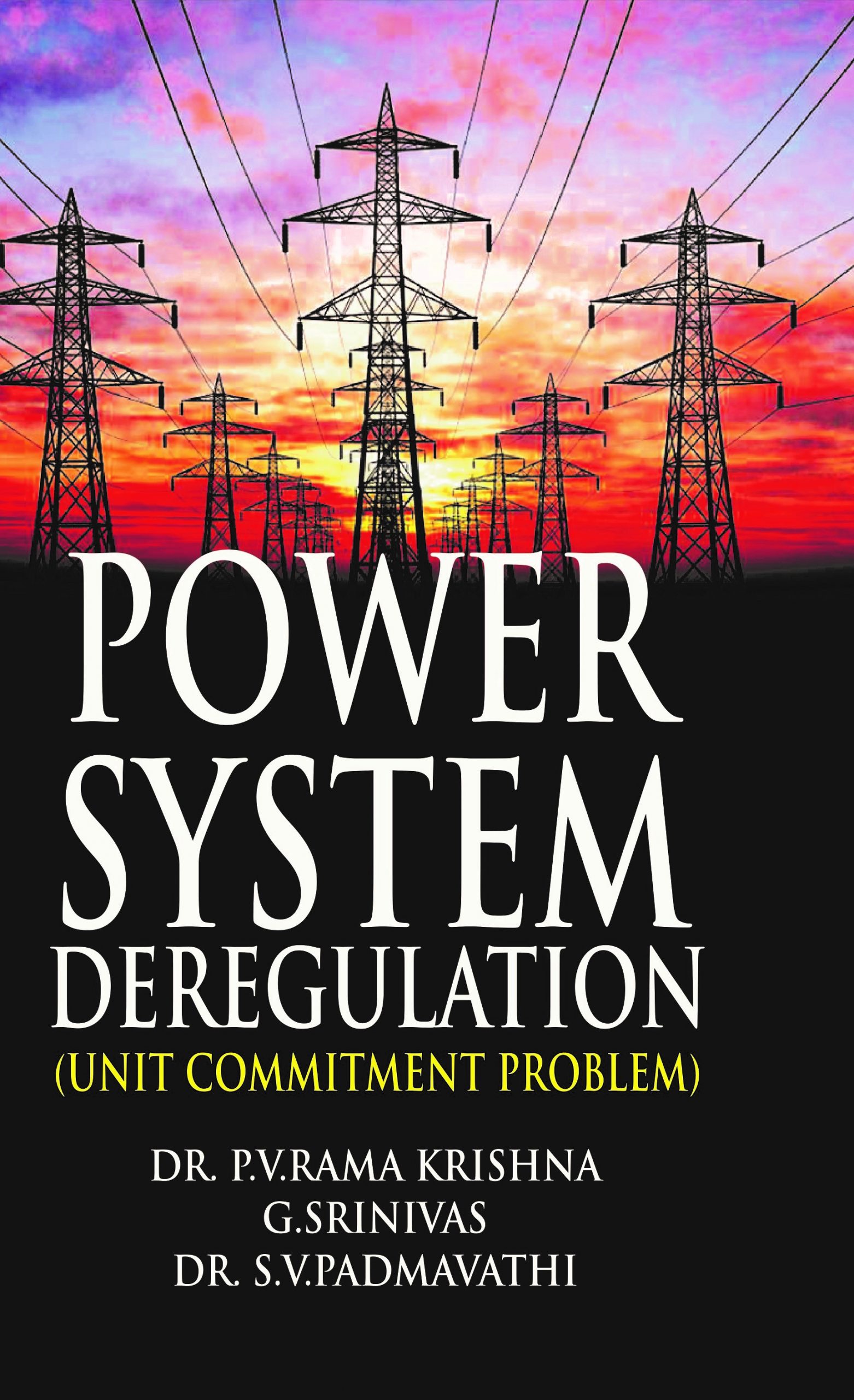
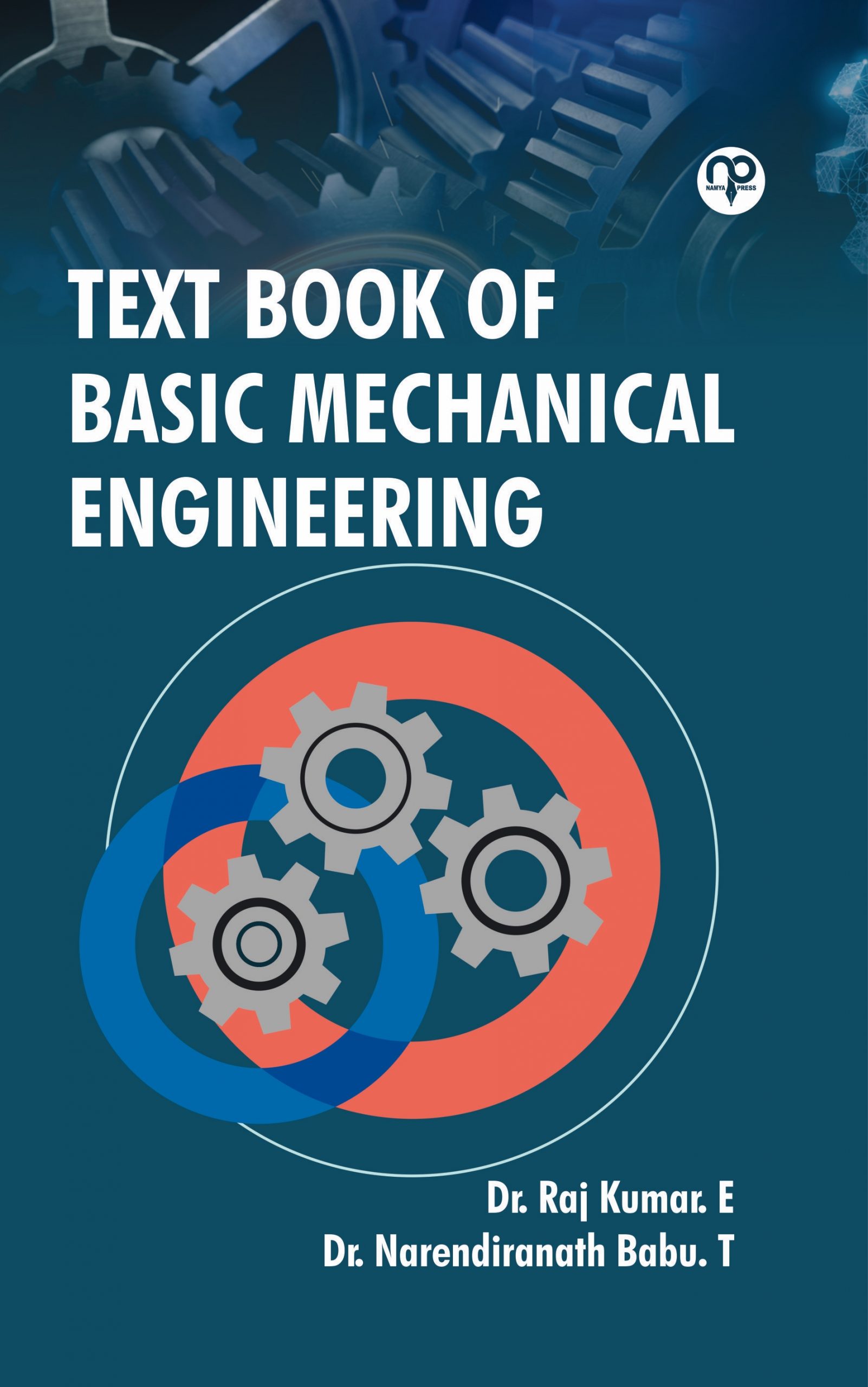
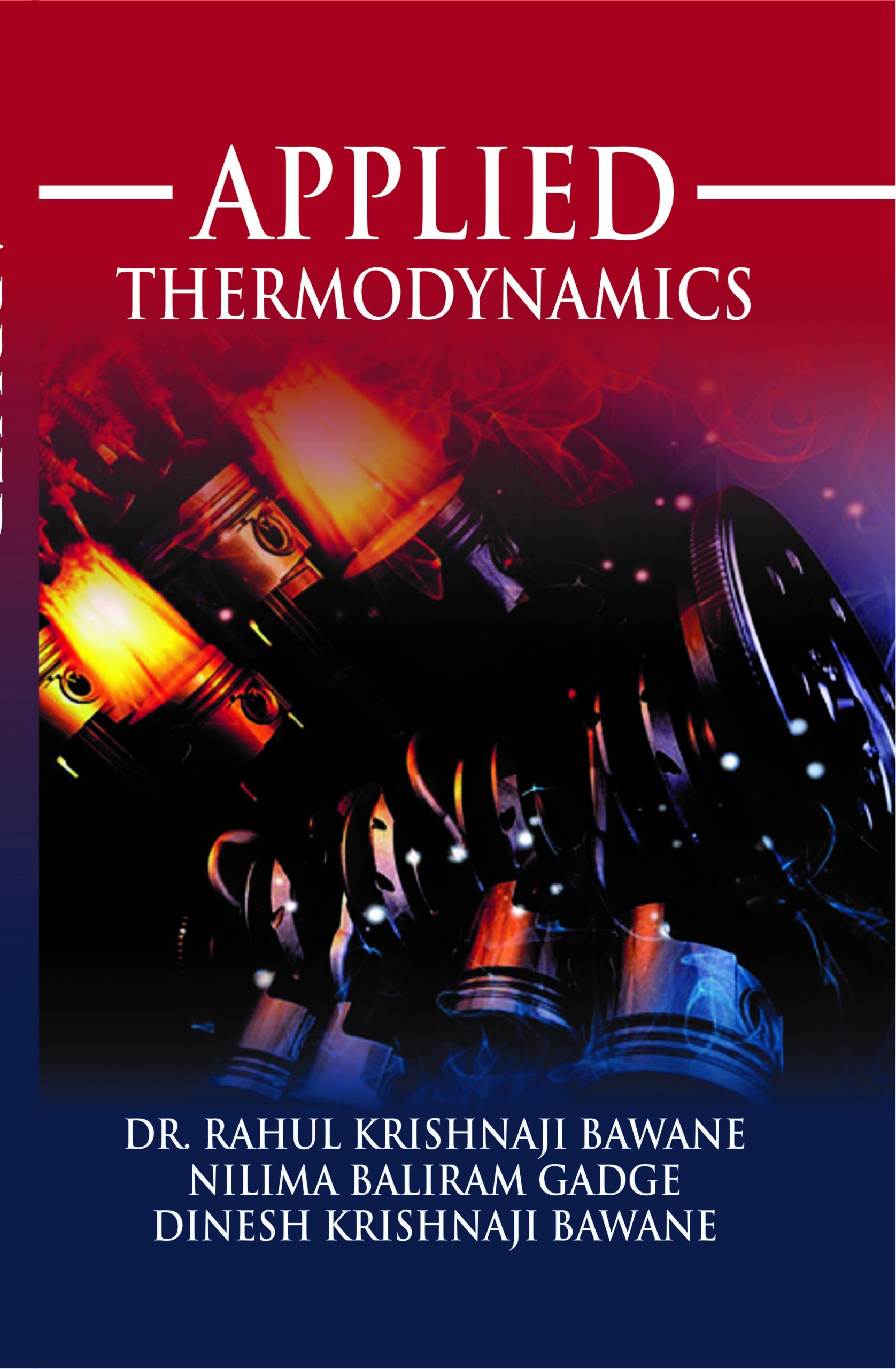


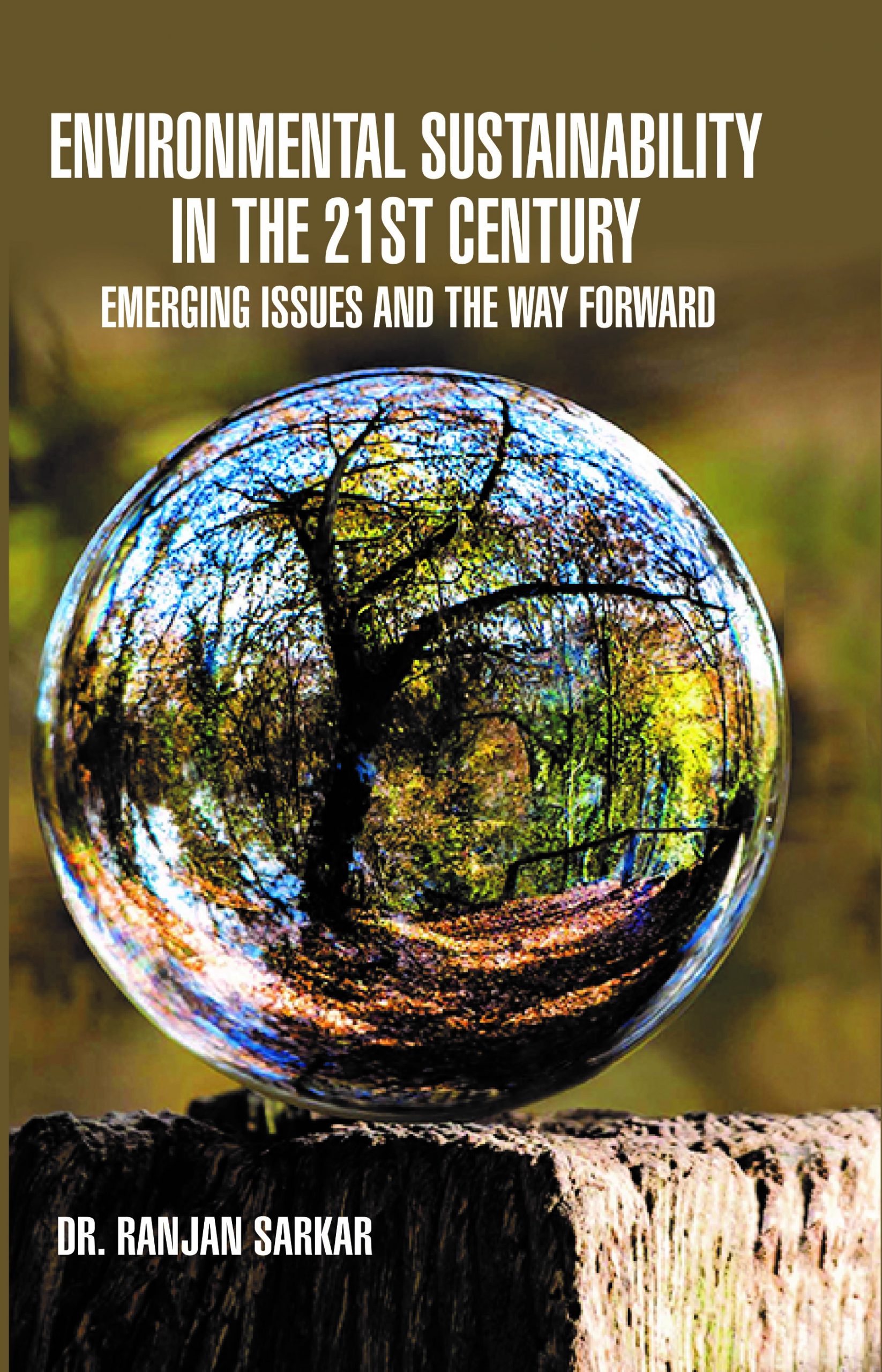


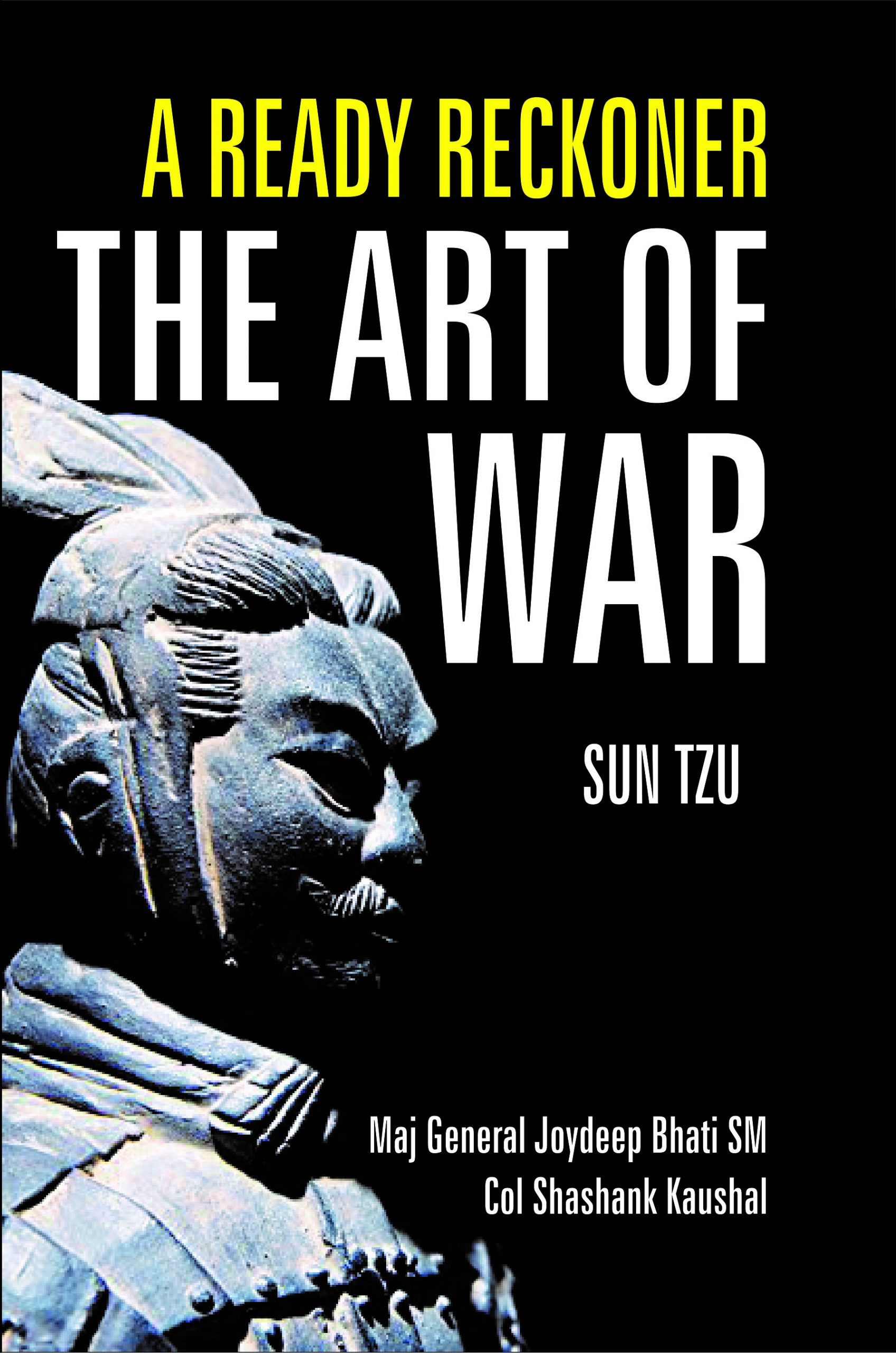
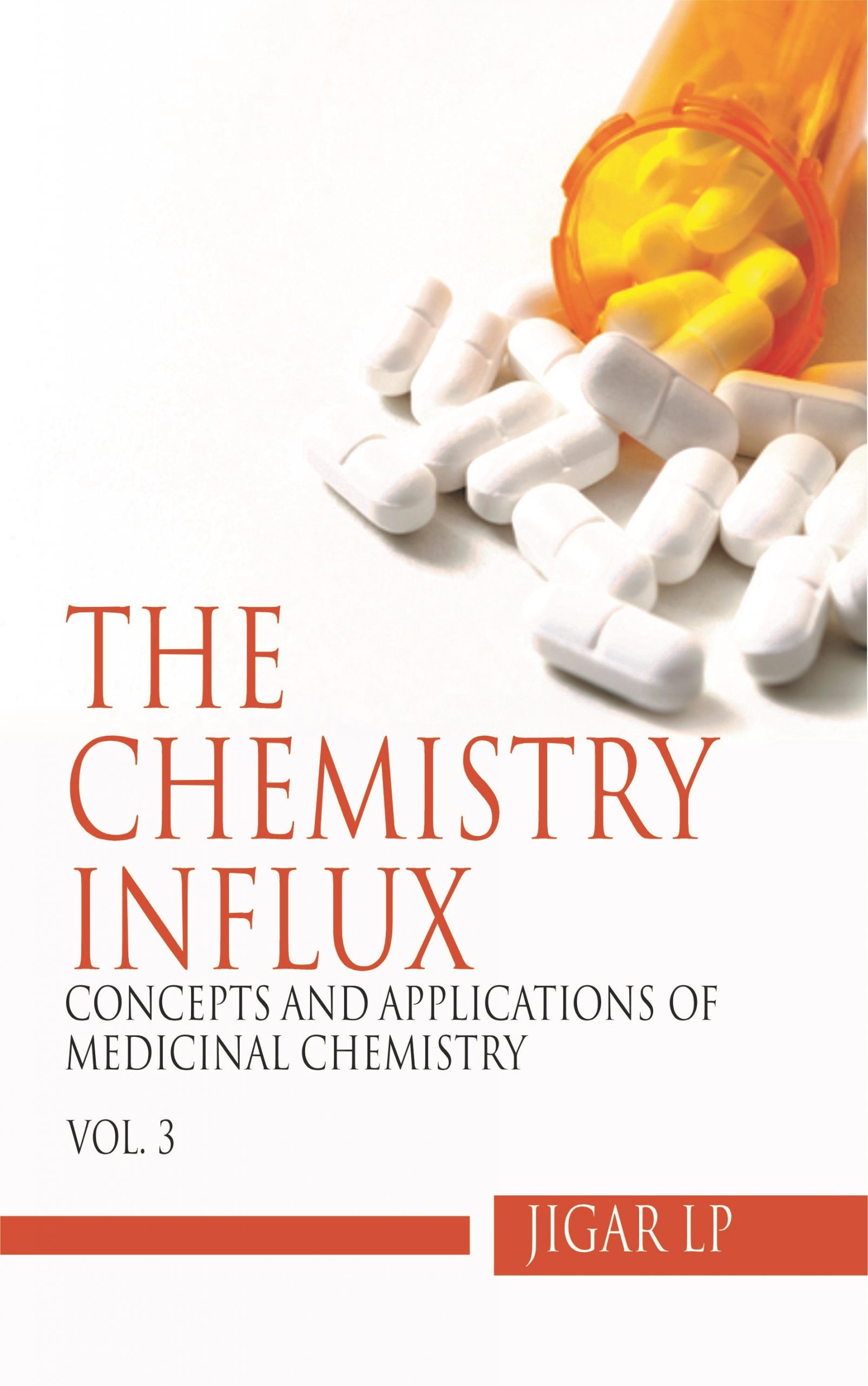
Reviews
There are no reviews yet.
Only logged in customers who have purchased this product may leave a review.